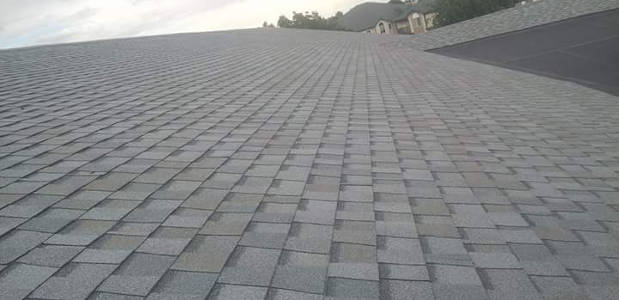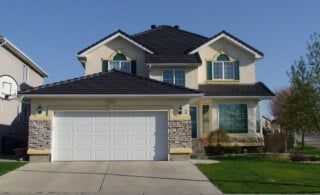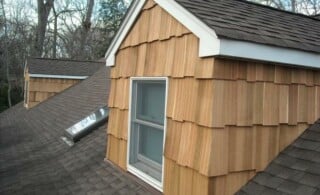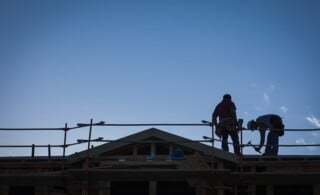
Roof repair is an unfortunate fact of life for almost every homeowner. Thanks to the combined efforts of weather, natural disasters, accidents, and time, sooner or later you’re going to face the prospect of roof repair, or an entire roof replacement. You can repair roof shingles yourself in some cases, but it depends a lot on the type of roofing you have and the extent of the damage you’re facing. For any roofing problems, it’s smart to begin by hiring a roofing contractor to come in and assess the damage. That way you’ll get a better idea of what type of roof repair you’re up against, and whether it’s something you can tackle on your own.
Types of Roof Damage
Again, damage will vary with different roofing styles, but one of two culprits are usually to blame when repairs are needed: mother nature or your roofing contractor. By far, the majority of roof damage is due to bad weather, such as high winds, hail, or extreme temperatures. If that’s not the case, then it’s probably the result of improper, or shoddy, installation. Roof leaks and repairing loose shingles are the two most common roof repair projects that most homeowners are faced with.
Roof Repair 101: Roof Leaks
In order to repair roof leaks, you’ll want to start by identifying where the leak is coming from and how much damage it has caused. Neither task is as easy as you might think. Roof leaks only show up inside your home (usually as a wet stain on your ceiling) after working their way down your roof trusses, through a thick layer of insulation, and then through another layer of drywall. To accomplish all that you can be sure your roof leak was around long before you saw any evidence, and that’s plenty of time to cause more serious damage to your home. In fact, fixing the leak might be the least of your worries. Rot, dry rot, and mold and mildew problems, are all larger concerns associated with leaking roofs that you need to rule out before moving on.
Roof Repair: Finding Leaks
If you determine no serious damage has been done besides a drywall stain, your first order of business is finding the leak itself. Sometimes you can spot the leak just by walking the roof and looking for loose flashings, loose shingles, or damage caused by a fallen tree branch. Often, though, it isn’t so simple. If you don’t see obvious damage, climb into your attic during the day, close it up, and look for light penetrating through. If you see a shaft of sunlight, you’ve hit pay dirt. If not, you’re going to need to find a close friend to man the hose while you sit in the attic looking for the water coming through. Eventually, with enough patience, you should be able to find the source of your problem.
Ready to start your Roof Repair?
Find ProsRoof Repair: Fixing Leaks
How to fix your leak depends on where your leak is originating from, the type of roofing you have, and the extent of the damage that’s been caused. If you have wood or concrete shingle roofing, you might get away with replacing just a few damaged tiles or shingles. With asphalt roofing you’re probably going to need to repair roof materials on a much larger scale. Plan on patching an area at least 10% larger than where your current roofing has failed. And, of course, all this is contingent on the fact that more damage hasn’t been done. Often roof leaks are signs of larger, more pervasive roofing failures. That’s why bringing in a pro to assess the condition of your roof and the extent of any necessary roof repair is a good place to start. If you skip that step, there’s a very good chance you’ll miss something, and that any repairs you do will only be a temporary fix for a much bigger problem.
 Best Asphalt Shingles – A Buyer’s Guide
Best Asphalt Shingles – A Buyer’s Guide  Rubber Roofing – Benefits & Alternatives
Rubber Roofing – Benefits & Alternatives  Should You Layer Shingles on Your Roof?
Should You Layer Shingles on Your Roof?  The Five Most Popular – And Most Expensive – Home Improvement Projects
The Five Most Popular – And Most Expensive – Home Improvement Projects  How to Choose a Quality Roofing Contractor
How to Choose a Quality Roofing Contractor 

Are You Familiar With This Topic? Share Your Experience.